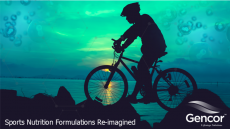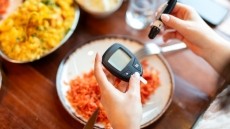US phytosterol market to double
market will nearly double by 2012, reports Frost & Sullivan -
making room for more players in the heart-healthy ingredient niche.
In a recent report, the market analyst valued the US phytosterol market at $103.9m in 2005 and estimated it will reach $196.7m in 2012. The growth potential is also driven by heart diseases, which are blamed for approximately 50 per cent of all mortalities in the industrialized world.
While there are more and more products containing phytosterols on the market, the key to success for formulators could be to garner a solid reputation within a subcategory that has been accompanied by a lot of consumer confusion.
"Consumers are often overwhelmed and confused with the flood of information related to the importance of various nutrients in the diet and are consequently unable to distinguish fact from marketing hype," said Frost & Sullivan research analyst Kaye Cheung. "Consumer education also remains a challenge as cholesterol is not a visible problem to many young people."
It is important to create a simple and easy-to-understand message to increase the adoption of products fortified with phytosterols, according to Frost & Sullivan. Often marketing campaigns aimed at differentiating phytosterols and other heart-healthy food ingredients send consumers mixed messages, confusing them and ultimately, dampening sales.
"The first step should, therefore, be to increase public awareness of the benefits of phytosterols," said Cheung. "Shifting consumer attitudes from awareness to understanding to overall acceptance will be a major area of focus for phytosterol ingredients manufacturers across the globe."
Because elevated cholesterol levels are one of the major risk factors for heart disease, there is a growing demand for food and beverages or nutraceuticals containing cholesterol-lowering phytosterols. Furthermore, the increased tendency to fortify foods has given phytosterols a plug.
"The growing trend towards fortification of foods with vitamins, folate, minerals and herbal extracts has helped to create a more conducive environment for the incorporation of phytosterols in foods and beverages," said Cheung.
The number of new products containing phytosterols has been on the rise since 2000 and the nutrients can now be found in foods and beverages such as yogurt, milk, sausages, cold cuts, bakery products, spicy sauces, margarines and spreads.
Regulatory approvals also boosted the profile of phytosterols both in the US and the European Union. Phytosterols hold a U.S. Food and Drug Administration health claim for their cholesterol-reducing characteristics, and they are approved as ingredients in the EU.













